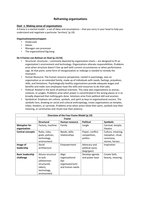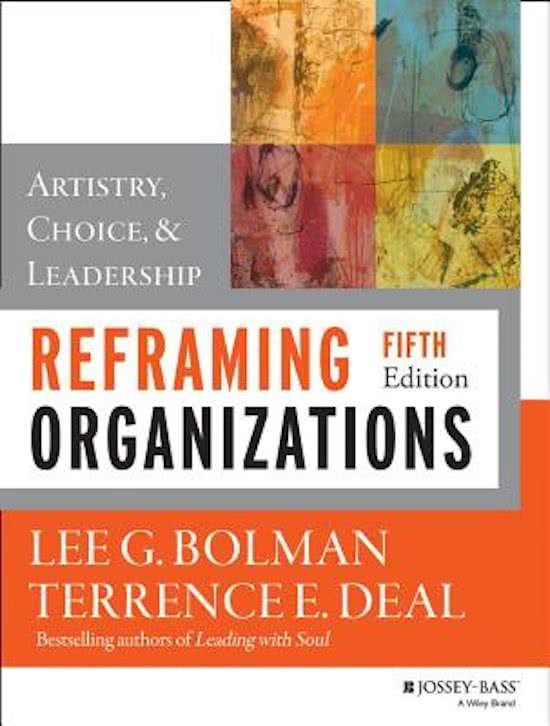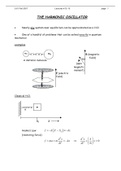Samenvatting
Samenvatting Reframing Organizations en aantekeningen hoorcolleges (vak IBO)
- Instelling
- Universiteit Utrecht (UU)
Samenvatting van het boek Reframing Organizations, welke gebruikt wordt voor het (minor)vak Inleiding in de bestuur en organisatie (IBO). De samenvatting bevat ook mijn aantekeningen van de hoorcolleges, deze zijn verweven in de samenvatting van het boek. De aantekeningen van de hoorcolleges zijn i...
[Meer zien]






